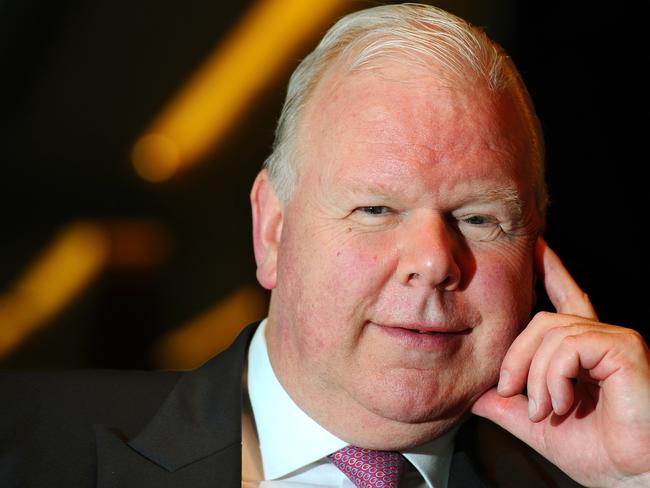Higher capital buffers: the new rules big banks will hate
THE big banks like to do things their own way. But a global financial watchdog wants to institute new rules that is sure to rile up some banking giants.

Banking
Don't miss out on the headlines from Banking. Followed categories will be added to My News.
THE Financial Stability Board, a global banking watchdog, has proposed new rules that would push mega-banks to double their financial buffers in order to shield economies and taxpayers if they collapse.
The proposed rules are “a watershed in ending ‘too big to fail’ for banks,” Mark Carney, FSB chairman and head of the Bank of England, said on Monday.
The new regulations are meant to help avoid a repetition of the 2008 crisis sparked by the Lehman Brothers collapse, which shook the global financial sector to its core.
Numerous governments had to step in and save other large banks from tanking and dragging down entire economies in the process. “Once implemented, these agreements will play important roles in enabling globally systemic banks to be resolved without recourse to public subsidy and without disruption to the wider financial system,” Carney said in a statement.
Mega-banks, sometimes managing more than the total gross domestic product of the country hosting them, know that governments have no choice but to bail them out if they get into trouble. “The knowledge that this can happen encourages (them) to take excessive risks and represents a large implicit public subsidy of private enterprise,” the FSB said.
To avoid such risk-taking at taxpayers’ expense, FSB wants 30 such giant lenders, including UBS, Citigroup and HSBC, to increase their capital reserves to at least 16 to 20 per cent of their risk-weighted assets.
Certain debt and bond instruments can also be used to fulfil the requirements.
The move was met with applause from Britain and Germany, home to several of the world’s biggest banks.
“The Financial Stability Board’s focus on ensuring that even large banks can be wound up without cost to taxpayers and without disruption to the economy is essential,” said Andrew Tyrie, who heads the British parliament’s treasury committee.
“Only when these reforms are tested by experience will it be clear whether they are enough,” he added.
In Australia, ANZ bank warned, two weeks ago, that customers would bear the brunt if similar regulations are introduced here. A financial systems inquiry is expected to call for banks to hold more ‘Tier 1’ capital.

That refers to a bank’s core capital, its equity, as opposed to Tier 2 capital which is made up of complicated debt structures and financial reserves.
Speaking at the bank’s results presentation, chief executive Mike Smith said lifting ANZ’s Tier 1 capital buffer from one per cent to two per cent would add 50 basis points to interest rates on all of it loans.
Asked by reporters if there were other ways for the bank to meet the cost of lifting capital buffers, Mr Smith replied: “Well, who else picks it up, investors?
“These are the issues that need to be raised, rather than glibly saying that this is the solution to all the problems.
“Frankly, I haven’t yet seen the problem identified.”
ANZ currently has the capacity to absorb $56 billion in losses before requiring a government bail out, Mr Smith said.
Originally published as Higher capital buffers: the new rules big banks will hate


